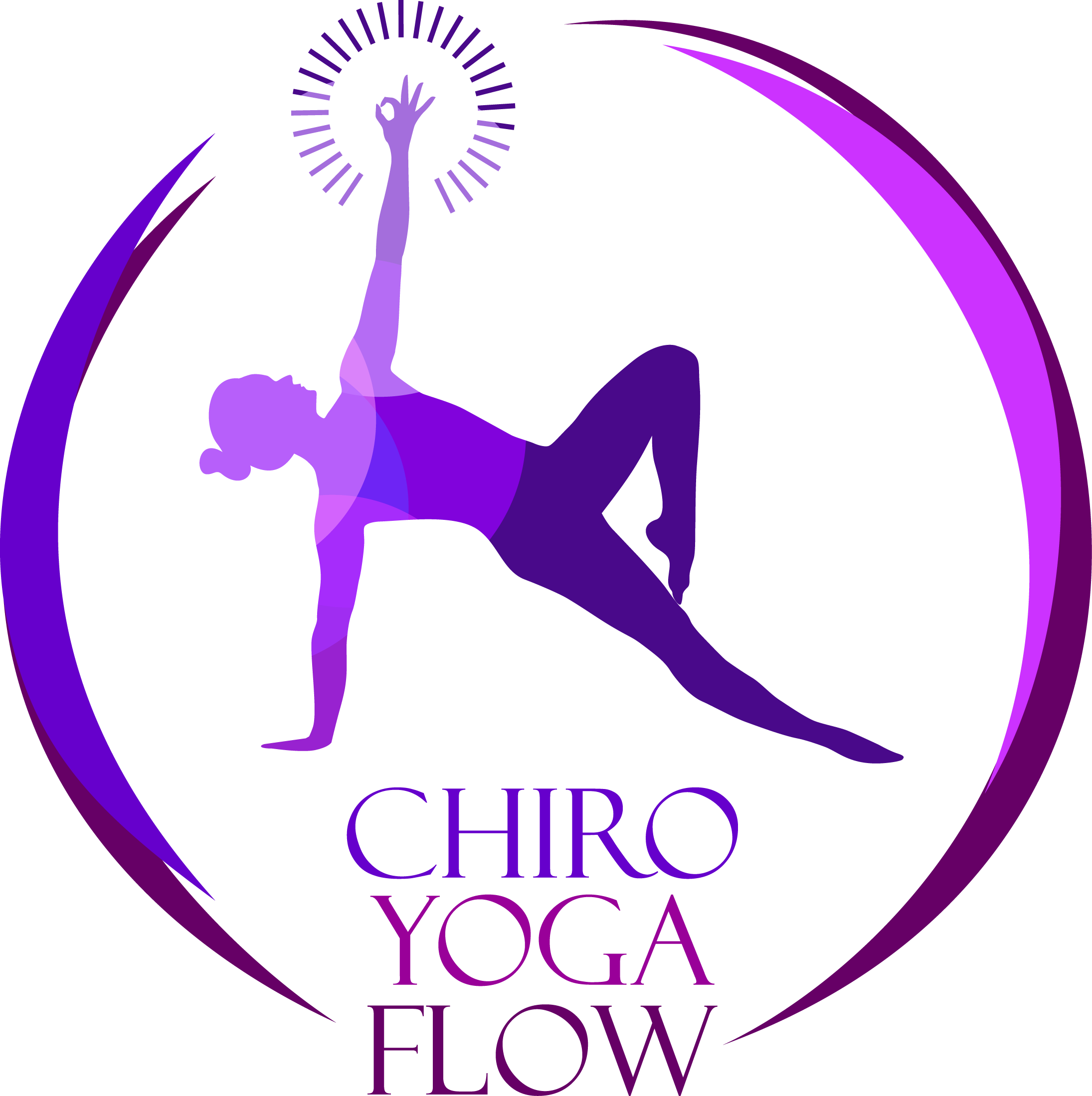
New to Chiropractic ?
Chiropractors are known for treating the joints of the spine but the field has evolved into a wide array of services besides spinal adjusting such as soft tissue therapy, rehabilitative exercises, and nutritional counseling.
How do we find areas of the spine that need to be adjusted? A portion of chiropractors utilize x-rays for a visual assessment of spinal curves, anatomy, and degenerative levels of the patient. Without film, other doctors depend on a visual assessment of motion reinforced by the information provided from hands-on joint testing known as palpation.
Every office will be slightly different in the examination process but we are all trained to compare the quality of movement between each vertebra. We decide if the joint needs more motion or should be stabilized using other techniques. If joint motion is needed, a quick and strategic thrust is added. If the joint moves too much, the region around that area needs to be stabilized using rehabilitative exercises without an adjustment.
Chiropractic is a rewarding and fun career. We are constantly moving, staying healthy, and improving the lives of those who seek alternative care. Check out my first published article in Oklahoma Sports & Fitness Magazine to read more about chiropractic and its effect on the nervous system, movement patterns, pain, and respiration.

Soft Tissue Techniques
Instrument Assisted (FAKTR)
FAKTR stands for Functional and Kinetic Treatment with Rehab. It is an assessment we use in the office to fix dynamic, athletic injuries to soft tissue. Using a stainless steel, dull tool we'll scrape the muscles during active movements to improve fascial adhesions, scar tissue, swelling, and muscle impingement symptoms. FAKTR is one of the best ways to relieve sports related pain.
Kinesiology Taping
Kinesiology tape has many benefits. This powerful fabric material lifts the skin due to the elastic pattern on it. Ripples on the surface of the skin caused by the lift of tape give the inflamed tissue underneath space to reduce the compression on pain receptors and blood vessels. Then the body can spread the inflammation faster to speed up the healing process. (See pictures below)
Active Release (Pin & Stretch)
Myofascial release is a soft tissue technique that combines deep pressure points with specific movements that treats muscle, tendon, ligament, fascia and nerve problems. This treatment is perfect for active patients that suffer from overuse injuries in their knees, elbows, shoulders and hips. A few of the conditions that can be resolved quickly with this method include; headaches, back pain, carpal tunnel syndrome, shin splints, shoulder pain, sciatica, plantar fasciitis, knee problems, and tennis elbow.










